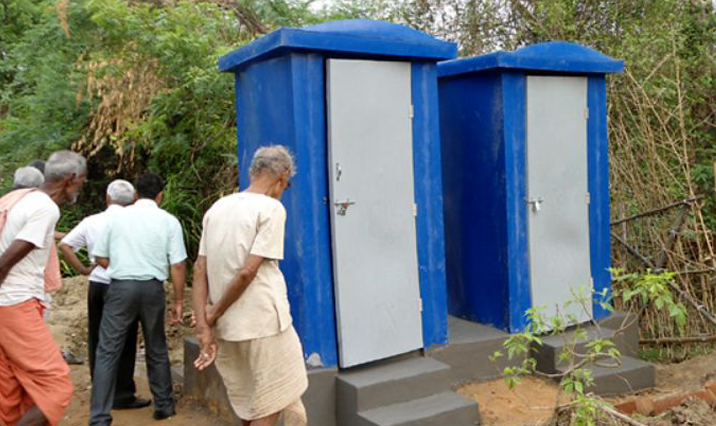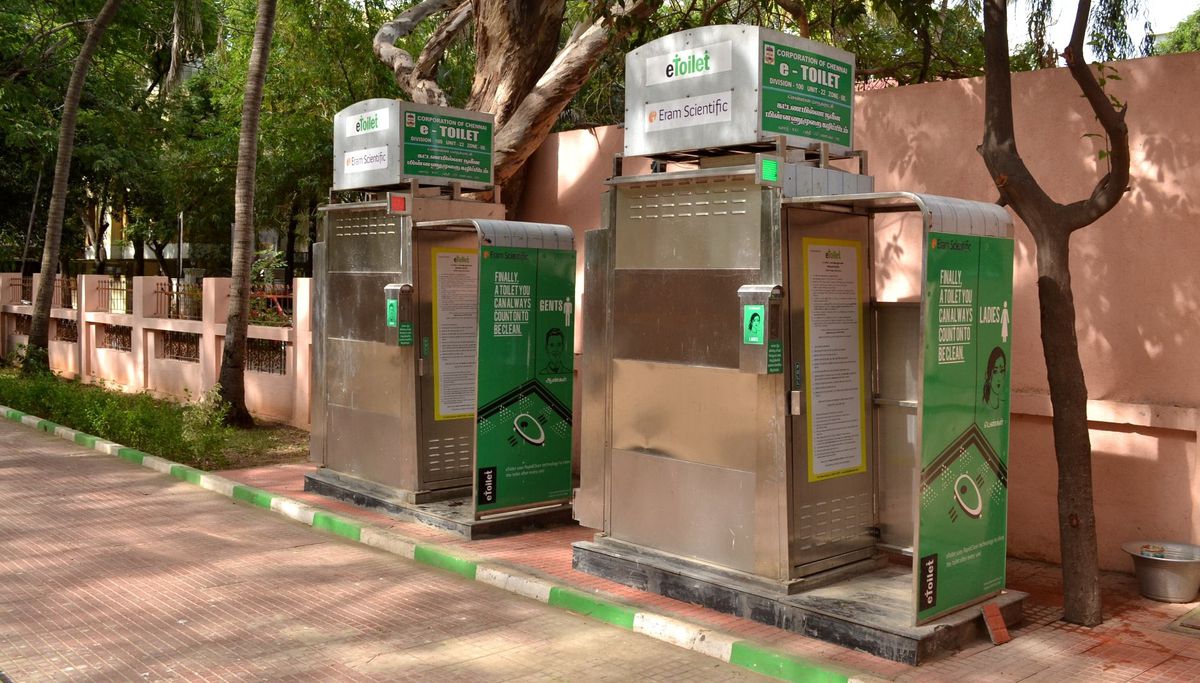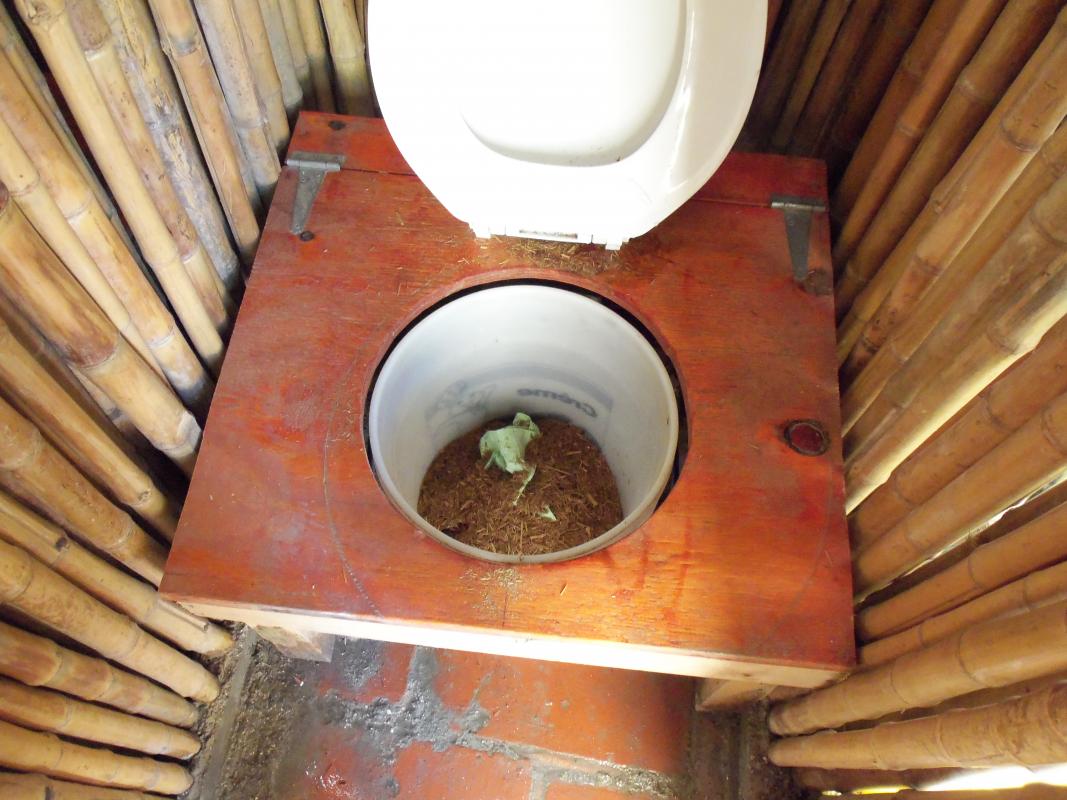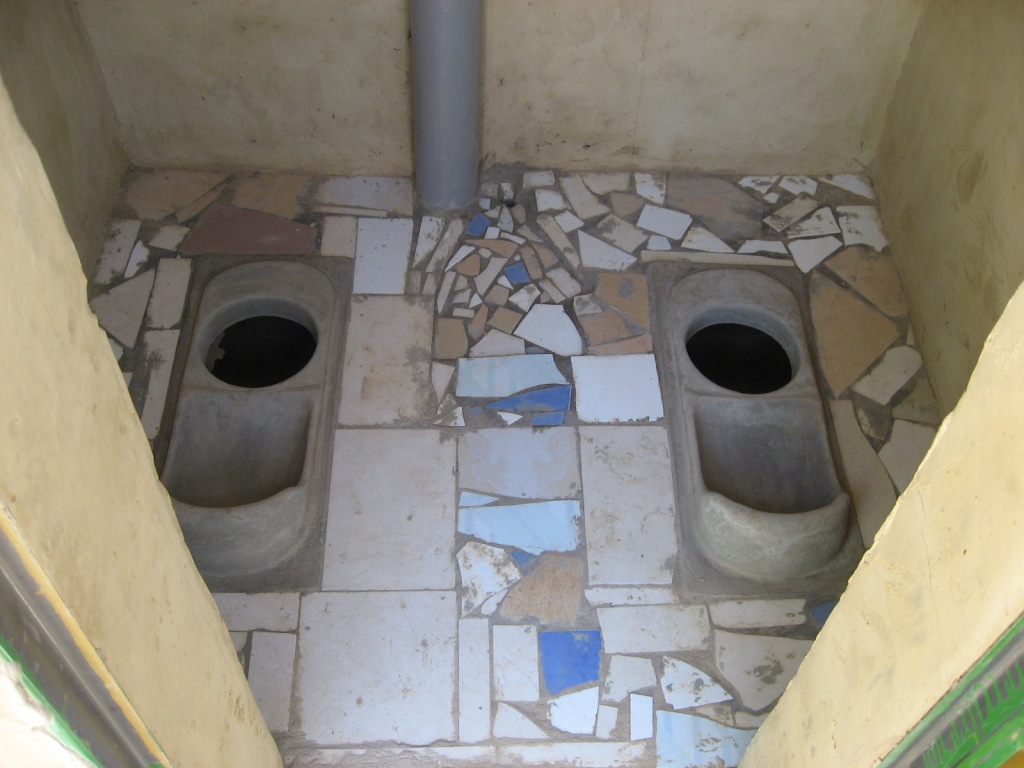5 Eco-friendly & Affordable Bio-Toilets That Can Bring On a Sanitation Revolution In India
Here’s a look at eco-friendly toilet designs that can play an important role in the battle for better sanitation for 600 million Indians who defecate in the open.

In India, nearly 600 million people lack access to adequate sanitation, increasing the risk of groundwater contamination. According to the World Bank, diseases like diarrhea kill approximately 800,000 children under age five every year and leaves millions more malnourished and stunted. In an effort to address this absence of sanitation, which is especially acute in rural areas that lack access to water and sewage infrastructure, the Indian government has set the target of 100% sanitation by 2022 and is working to boost cleanliness and end open defecation in the country.
However, while building toilets across the country is the need of the hour, it is also important to pay attention to environmentally-friendly set ups and local conditions.
An inexpensive and easy-to-operate alternative to traditional waste disposal, eco-friendly toilets are a great way of meeting new Sustainable Development Goals while supporting the Indian government’s vision of a cleaner, healthier society.

Photo Source
It’s innovative thinking like this that can help increase the number of people who have access to toilets – and perhaps even change the way the world uses them. Here’s a look at eco-friendly toilet designs that can play an important role in the battle for better sanitation for 600 million Indians who defecate in the open.
1. Bio-digestor Toilets

Photo Source
Bio-digester toilets are designed to convert human waste into gases and manure. The zero-waste biodigester technology uses psychrotrophic bacteria like Clostridium and Methanosarcina (these microbes can live in cold or hot climate and feed on waste to survive) to break down human excreta into usable water and gas. Once applied, the bacteria can work for a lifetime.
Waste from toilets are sent to a giant underground bio-digester tank where anaerobic digestion takes place. Methane gas produced in the tanks can be used for different purposes, including firing up gas stoves and generating electricity while the leftovers (popularly called Humanure or ‘Human manure’) can be used for gardening and farming. It does not have any geographical or temperature limitation and also does away with the need to set up large sewerage networks.
The technology was originally developed by the Defence Research Development Organization’s (DRDO) research lab in Gwalior to meet the sanitation requirements of soldiers serving in the high altitudes of Ladakh and Siachen (Earlier, the waste was collected from deep pits and then incinerated which required energy and labour). The best feature of this toilet is that it totally does away with manual scavenging, is low on maintenance and installation cost and can be adapted to any geo-climatic conditions of the country.
For example, the chambers increase retention time of the waste in places where water table is high, like in Lakshwadeep or homes and offices where people flush frequently. In glaciers where the temperature is as low as -40°C, the toilet is fitted with solar panels of 240 watt to keep the excreta warm for processing. Design changes are also being worked for toilets in houseboats in Srinagar to avoid water contamination. One major achievement has been its installation in India Railways, whose trains are referred to as the “largest open defecation system in the world”.
2. Permeable Reactive Barrier (PRB) toilet

Photo Source
According to a National Sample Survey, 12% of low-cost toilets being built in rural and urban areas rely entirely on a refuse-collection pit — a design that ends up leaching nitrates into the groundwater below. Moreover, evidence of increased nitrate contamination in groundwater by sewage seepage has been reported in 20 states of the country.
With the aim of reducing this pollution hazard, Researchers at the Centre for Sustainable Technologies at the Indian Institute of Science (IISc), Bengaluru, have developed a permeable reactive barrier (PRB) toilet which uses a mixture of sand and bentonite clay. The clay acts as a permeable membrane that regulates the flow of leachates by swelling when in contact with water. This process allows denitrifying bacteria to convert nitrates to gaseous nitrogen through anaerobic processes.
The study — which was published recently in the Journal of Water, Sanitation and Hygiene for Development — shows the barrier reducing nitrate concentration by 66 per cent within 12 hours and nearly 94 per cent within a day. Also, realising that Bentonite Enhanced Sand (BES) may not be available in rural and small towns across the country, IISc researchers have identified a mix of locally-sourced cow dung and sand is equally efficient in removing nitrates from leachate. Plans are on to install this barrier of cow dung and sand in a few rural pit toilets as part of pilot studies.
3. Solar-Powered, Self-Cleaning Toilet

Photo Source
Since 2014, Eram Scientific, an R&D social enterprise based in Thiruvananthapuram, has been rolling out automated and self-cleaning solar-powered cleaning toilets. Sleek and made of stainless steel, the toilets are designed to be installed in locations where access to electricity and common sanitation methods is difficult, if not impossible.
The toilet flushes itself before and after every use, using a minimum amount of water, that is determined through sensors: On an average, each flush uses 1.5 litres of water, compared to the 8-10 litres used by a normal flush. Its floor is automatically washed after every tenth use. The lights turn on automatically and draw power from a built-in solar panel. Everything is monitored through GPRS telemetry: the frequency and volume of usage, and water and electricity consumption. Also, there are provisions for waste treatment using anaerobic bio-degradation.
The great thing about this energy efficient toilet is the fact that facilities can be stacked on to the basic framework. For example, the Kerala State Women’s Development Corp. Ltd wanted a coin-operated sanitary napkin vending machine inside the toilets they ordered, and Eram Scientific ensured that they got it.
4. Bamboo Toilet

Photo Source
Arguably low-tech, bamboo toilets are cheap and practical. As the name suggests, bamboo toilets are those whose structures are built with bamboo – fast growing woody evergreen plants that have strength comparable to steel. Bamboo toilets represent an eco-friendly and potentially sustainable solution in the quest for building toilets in areas that still do not have access to modern amenities.
Though from time immemorial, bamboo has been part of the housing scene, the advent of new building materials and increasing industrialisation has edged out the plant species from the construction sector. In fact, bamboo, once the housing mainstay of the rural and the poor population, is now the least used material. Keeping in mind the country’s need for urban and rural sanitation options, the government plans to develop various models of public and community toilets using bamboo, natural, treated or engineered bamboo as construction materials.
Recently, two prototype bamboo toilets were set up in Nagaland where Bamboo is readily available. This initiative was an outcome of a five-day training on “bamboo toilets for private use and for the community”, jointly organised by Nagaland Bamboo Development Agency (NBDA) and South Asia Bamboo Foundation (SABF) in partnership with Building Material Technology Promotion Council (BMTPC), Ministry of Urban Development & Poverty Alleviation.
5. EcoSan Toilets / Urine Diverting Dry Toilets (UDDT)

Photo Source
EcoSan or UDDT toilets make great individual toilets for areas where digging the ground is highly complicated. UDDT is built above the ground level using conventional bricks or hollow blocks. It has two chambers – the urine, faeces and cleansing water go into separate holes. The floor of the chamber is also paved with concrete to prevent water or soil coming into contact with the faeces. Each chamber will be used for about 12 months alternatively.
In this type of toilet, the separation is the key: it allows each to be dealt with at little to no cost. When the faeces dry out and remain isolated in a chamber over weeks and months, they decompose and break down into harmless soil nutrients – this means valuable soil nutrients take out in the form of crops are returned to the soil. Scientists call this closing the loop on nutrients.
Also, EcoSan toilets save water and electricity, the two biggest expenses in water-borne sewerage by eliminating the need for sewage treatment plants, elaborate sewer network, and the expenses on maintenance and operations of such systems. This also means that it can provide sanitation in extreme areas; in desert areas, where water scarcity necessitates frugal use of water; in rocky areas, where it is not possible to dig for pits and sewers; in coastal and flooded areas, with very high water tables; in earthquake prone zones, as there is no danger of sewage leaking through cracked sewer lines or pits.
This World Toilet Day, The Better India is supporting Lonwadi, a village in Maharashtra, to become open defecation free in just one month! The residents want to build a toilet in each home and secure a healthy, hygienic and dignified life for themselves. Please lend your support to the residents in their quest and help them get access to toilets, sanitation facilities and a healthy future like all of us.
Unable to view the above button? Click here
Like this story? Have something to share? Email: [email protected], or join us on Facebook and Twitter (@thebetterindia).
NEW! Log into www.gettbi.com to get positive news on Whatsapp.
This story made me
- 97
- 121
- 89
- 167
Tell Us More
We bring stories straight from the heart of India, to inspire millions and create a wave of impact. Our positive movement is growing bigger everyday, and we would love for you to join it.
Please contribute whatever you can, every little penny helps our team in bringing you more stories that support dreams and spread hope.



















